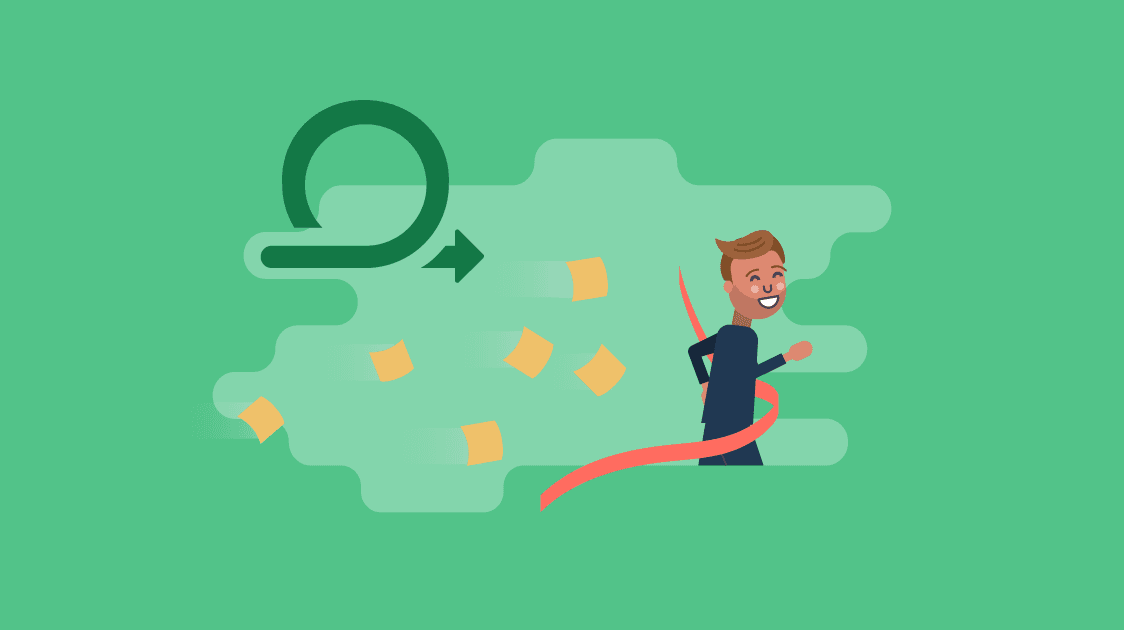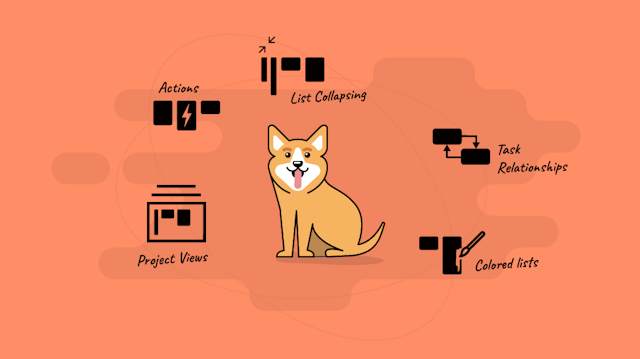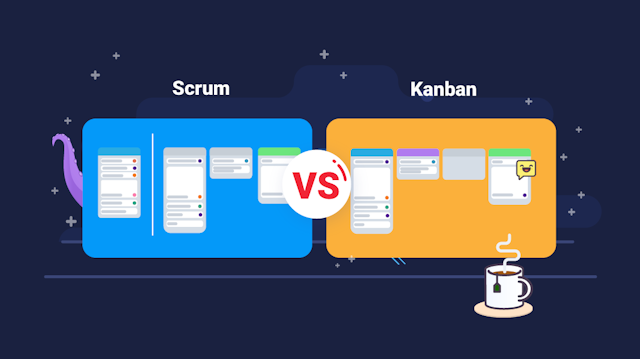In this article, we'll teach how to do Scrum in Ora (the right way) in just 10 easy steps.
By the end of this guide you'll be able to implement Scrum by the book using Ora.
First, let’s define SCRUM.
Scrum
Scrum is a process framework for effective team collaboration, usually used to manage software product development, but not exclusively. Scrum relies on cross-functional teams to deliver products and services in cycles.Let’s go to the guide now:
- Create a scrum project
- Create stories in the backlog
- Create a sprint
- Sprint planning meeting
- Start the sprint!
- Do daily standup meetings
- Track the Burndown Chart
- Sprint review meeting
- Finish the Sprint!
- Sprint retrospective meeting
- Repeat
1. Create a scrum project
Creating a project in Ora is super easy just click on the "+" on the top left corner and then select "New project"
Once you open the Create Project dialog > select Software > then select Scrum. Once you add a title and everything else you need to click on "Create"

Now that you created your Scrum project you have 2 views which you can switch between. The Backlog and the Sprint. When you open your project, you should land in your Backlog where all future tasks can be created.
2. Create stories in the backlog
First, create some stories/tasks in the backlog. You can then drag and drop the cards to move them from one list to another or sort them within the same list depending on their priority. Inside a task, you can add participants and all the necessary details, like when exactly is expected for this task to be finished.
3. Create a sprint
A Sprint is a repeatable work cycle at the end of which, increments are delivered. Sprints have consistent durations throughout a development effort. A new Sprint starts immediately after the conclusion of the previous Sprint. In most cases, the duration of the sprint is 1, 2 or 4 weeks. On this step make sure to select output list for all the tasks or stories completed during the sprint.
4. Sprint planning meeting
At the beginning of a sprint, you should hold the sprint planning meeting with the rest of your team. In this meeting, the entire team discusses the sprint goal and the backlog stories that should be prioritized.
Here, you will add story point estimates to your tasks by adding a number in the Effort estimate in Story points field and the Business value estimate. Story points rate the relative effort of work, in a Fibonacci-like format: 1, 2, 3, 5, 8, 13, 20, 40, 100. When you're ready with the estimation and task prioritization, add the tasks agreed with your team into the sprint that you just created.
5. Start the sprint!
Before you start the sprint make sure the right amount of work is added to the sprint, not too much or too little. If this is your first sprint, your team will not be able to know what their velocity is but for any next sprint you will know your velocity and wheatear you exceed it, or you did not.
Also, make sure all cards are estimated. Once the sprint starts the points of the sprint which represent your commitment won’t change when you add or remove cards.
6. Do daily standup meetings
After your sprint has started, meet your team daily, to review what everyone is working on. The purpose of this meeting is to see if anyone on your team is experiencing any roadblocks towards the completion of sprint tasks. The meeting should be no more than 15 minutes and preferably everyone should be standing. Each team member should reply to these questions:
- What work did I complete yesterday?
- What will I work on today?
- Do I have anything blocking my task?
7. Track the Burndown Chart
The Burndown Chart shows the actual and estimated amount of work to be done in each sprint. The Burndown Chart is automatically updated as you complete work items. To view this chart, click on the reports icon on the top right side in the sprint. A mini version of it is also visible in the project sidebar.

8. Sprint review meeting
The sprint review meeting is conducted to show what the team has shipped in that sprint. Typically this takes the form of a demo of the new features. The sprint review meeting should be informal and allowing no more than two hours of preparation time for the meeting.
During the sprint review, the project is assessed against the sprint goal determined during the sprint planning meeting.
9. Finish the Sprint!
Congratulations you did it! At the end of the sprint, click on Finish! All completed cards will go into your selected “Done” list and for all of the cards that are not finished you will be prompted and then you can choose whether they go to a next sprint or to a list inside your project.

10. Sprint retrospective meeting
The Sprint Retrospective meeting is an opportunity for the team to inspect itself and create a plan for improvements for the next sprint. The purpose of this meeting is to review processes, tools, and team interaction during the sprint.
This meeting occurs after the Sprint review meeting and prior to the next sprint planning.
For this meeting, the entire Scrum team should gather ( Scrum Master, Product Owner, and Development team) for a maximum of 3 hours. During this meeting, the team discusses:
- What went well in the Sprint?
- What could be improved?
- What will we commit to improving in the next Sprint?
11. Repeat from Step 3
Thats it! Now, if you’ve enjoyed this article and would like to read more quality content like this, subscribe to Ora’s blog from the Subscription form below 👇
P.S. You can also take a look at the suggested posts section below.
Cheers,
Vasil



